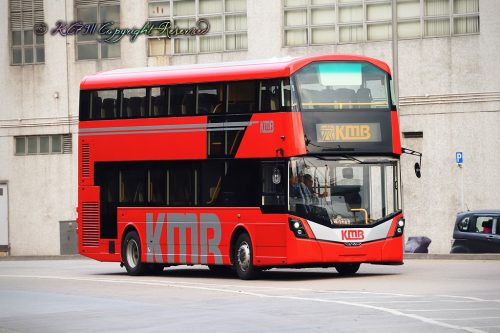
In the lead up to Euro Bus Expo 2018, Wrights Group talks through this year’s showing and shares details on its current endeavours. James Day reports
On 10 October, Wrights Group held an event to discuss what it is bringing to this year’s Euro Bus Expo from 30 October – 1 November, along with an overview on current developments at the company. […]
By subscribing you will benefit from:
- Operator & Supplier Profiles
- Face-to-Face Interviews
- Lastest News
- Test Drives and Reviews
- Legal Updates
- Route Focus
- Industry Insider Opinions
- Passenger Perspective
- Vehicle Launches
- and much more!


